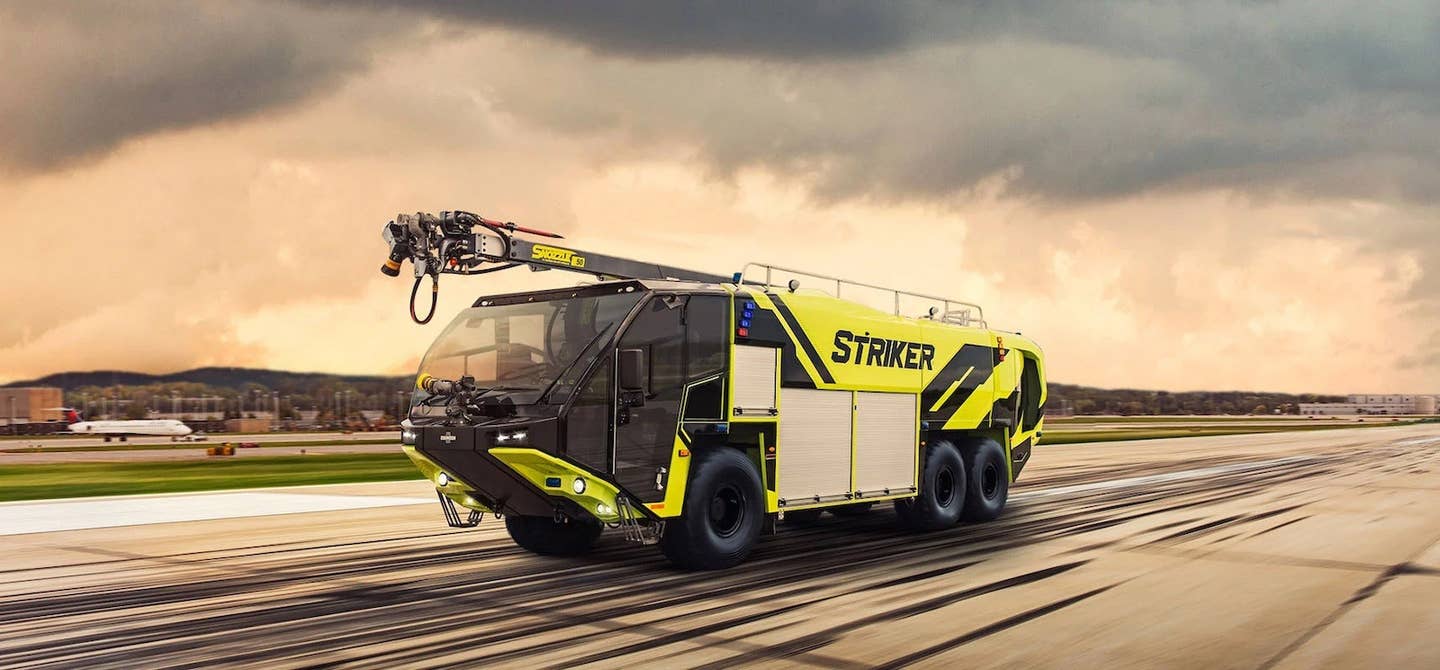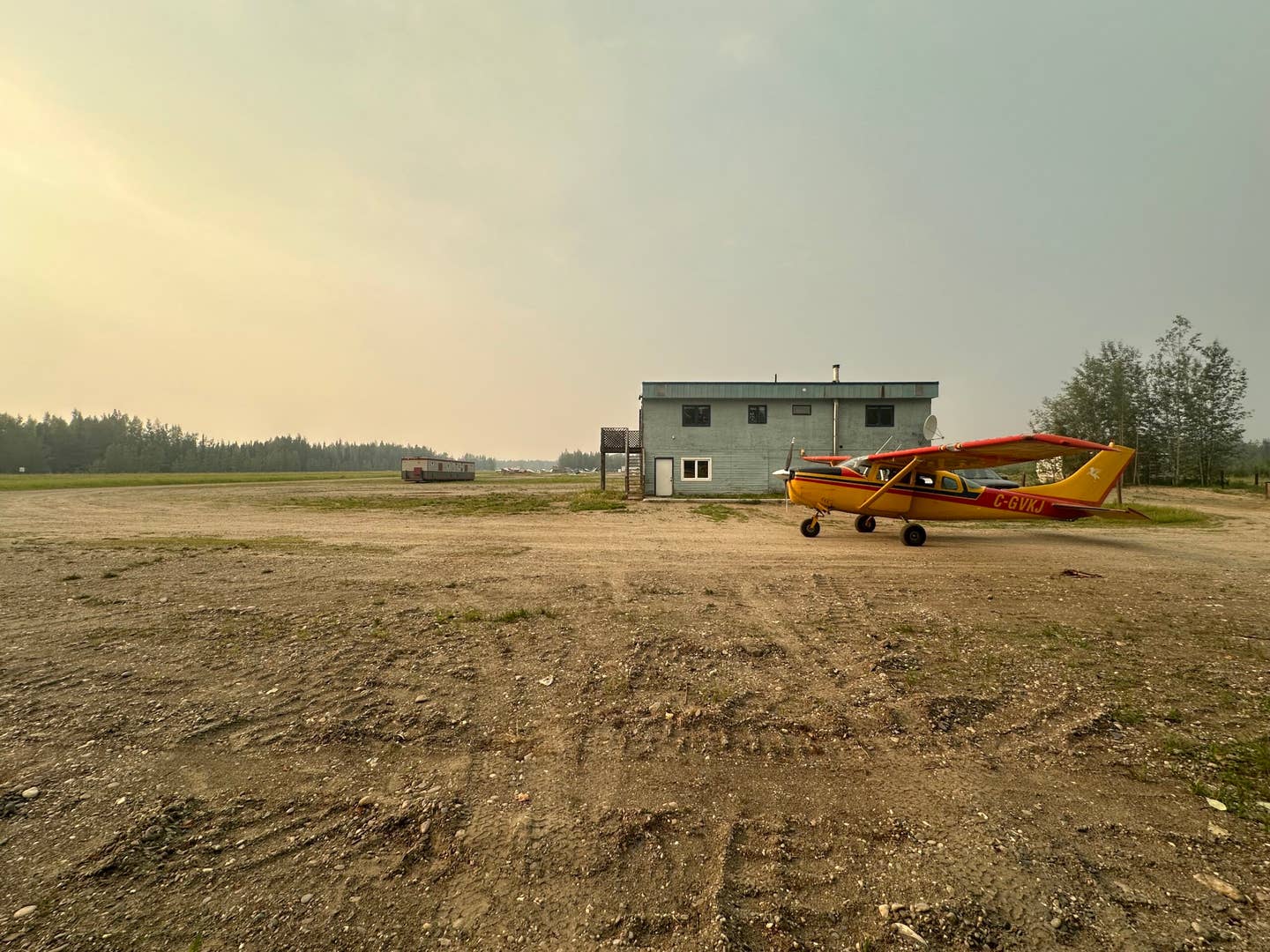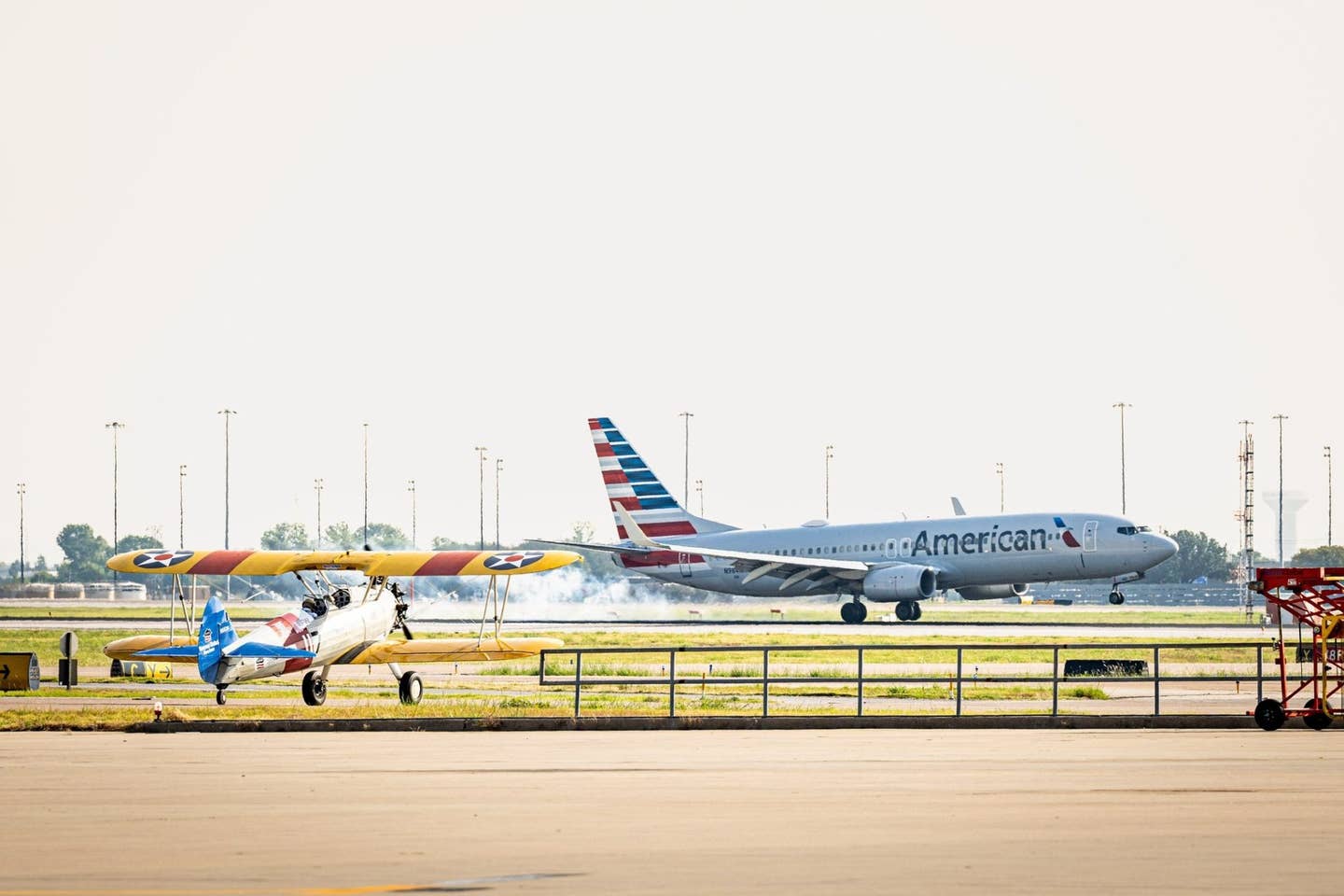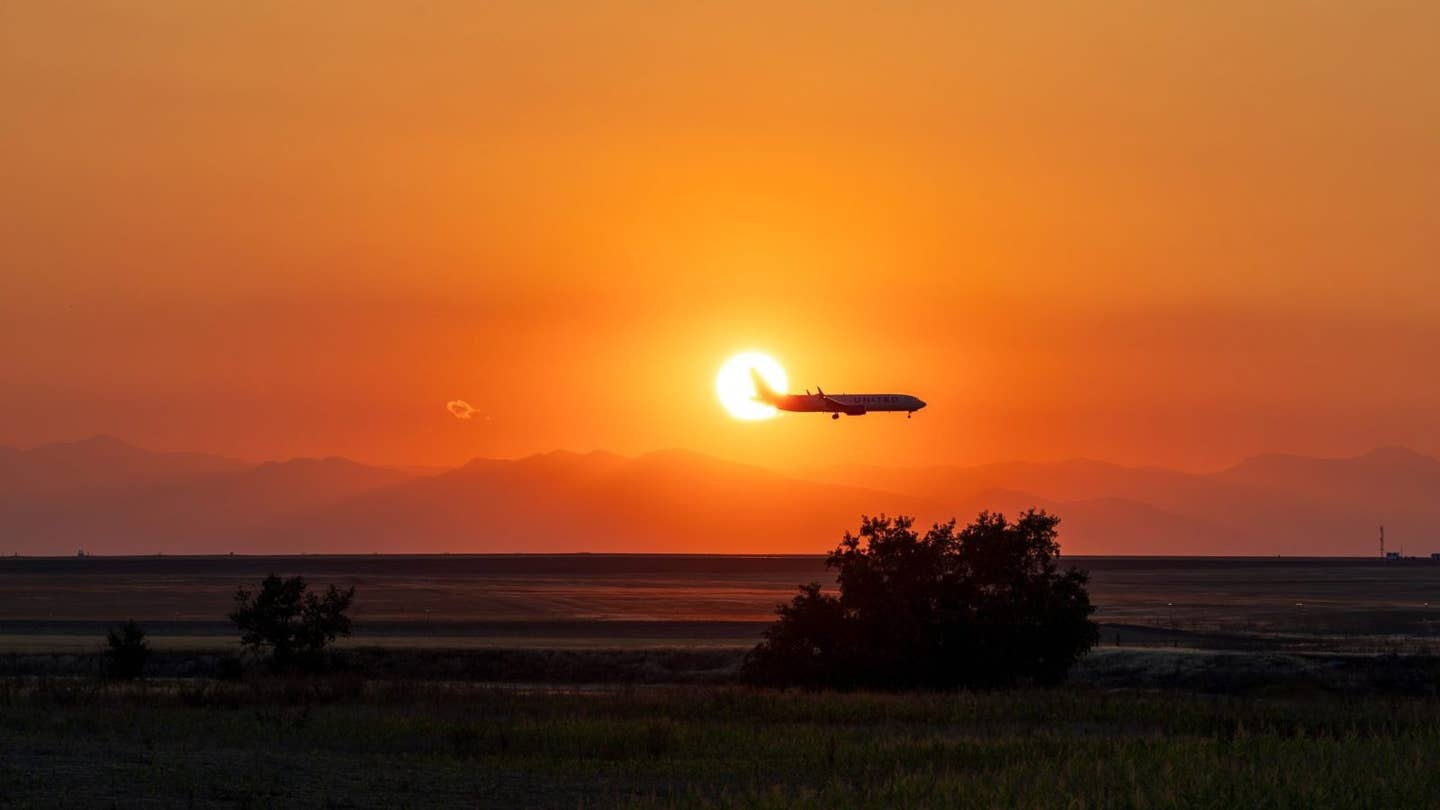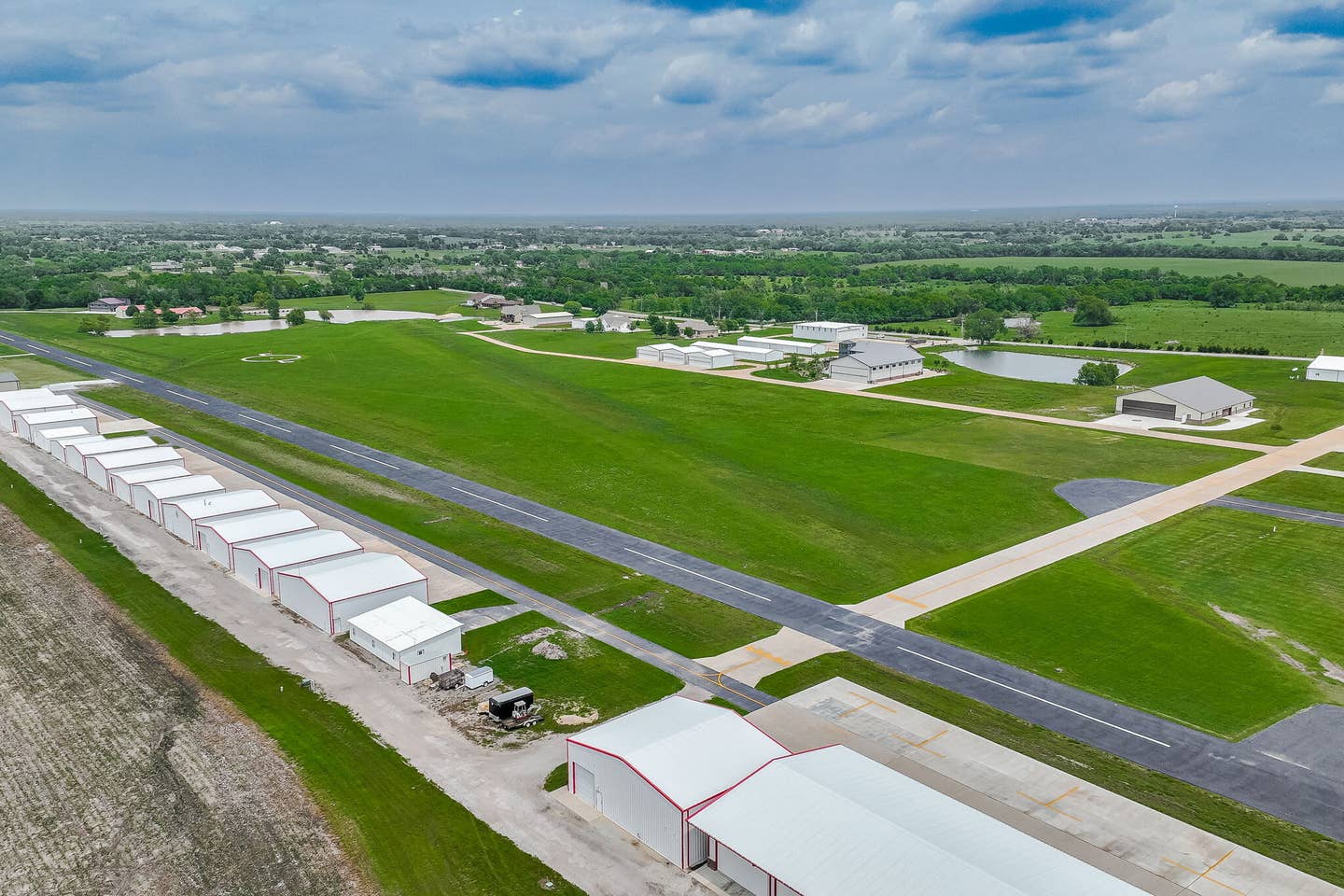Pilots’ Favorite and Least Favorite Airports
They often use slightly different metrics than passengers to rate facilities.

Pilots are interested in which airports are busiest, where the arrivals are easiest, and which air traffic controllers generally do the best work. [Credit: Shutterstock]
Each year, organizations like SkyTrax publish awards that include the best and worst airports around the world. These generally focus on items such as passenger comfort, amenities, concessions, security wait times, and other passenger-focused metrics.
Pilots also have favorite and least favorite airports, but for different reasons. In addition to wondering who has the best scenery and food, crewmembers are interested in which airports are busiest, where the arrivals are easiest, and which air traffic controllers generally do the best work. Also included are the scenery of approaches, airport complexity, and workload throughout each turn.
Different pilots have slightly different metrics to determine which airports they like most. However, there is generally a consistent theme as to which airports pilots like to fly into the best.
Favorites
One notable airport is Innsbruck Airport (LOWI) in Austria, with an approach that takes crews over the Austrian Alps. Though that poses a unique challenge, the airport is also relatively close to the city center, allowing crews easier access to hotels and activities on their layovers. The airport’s smaller size also means that it’s easier to navigate than larger global hubs.
London City Airport (EGLC) has a reputation among passengers and crews alike. The relatively short runway poses a welcome challenge for crews that get to feel their aircraft’s performance in real-world conditions. Besides the one-of-a-kind approach through downtown London and along the River Thames, the airport’s small scale equally means that getting through security and out to the city are particularly easy.
In the United States, San Francisco International Airport (KSFO) has a particularly famous approach over the San Francisco Bay and Golden Gate Bridge. The airport also regularly sees parallel approaches over the water, making for picturesque arrivals.
Too Early to Tell
There are a couple brand-new airports around the world where the jury is still out.
Berlin Brandenburg Airport (EDDB) opened in 2020 with the goal of replacing the city’s aging airports with a single, brand-new facility. Though delayed for years thanks to a number of certification problems, the airport does boast new, state-of-the-art facilities designed to make traveling easier for passengers and crews alike.
Beijing Daxing International Airport (ZBAD) is equally brand new, having opened in September 2019. The airport serves as a reliever for Beijing Capital International Airport (ZBAA), which reached its max capacity in the mid 2010s.
Designed to be Beijing’s primary airport, Daxing has been challenged to accommodate a significant number of passengers and flights, though Beijing is generally known as a favored destination for pilots, so the airport still has a chance of becoming a favorite for crews.
Least Favorites
Not every airport has the same great impression among pilots. In fact, some pilots may be quick to voice their concern over their experiences at a variety of these airports.
New York’s LaGuardia Airport (KLGA) is known to be cramped, outdated, and congested, as it is placed right in the middle of the Queens borough of New York City. The airport is undergoing a terminal modernization, which may change some minds, but whether the challenging operations will be alleviated anytime soon remains to be seen.
Ronald Reagan Washington International Airport (KDCA) is equally known for being cramped and overcrowded. The airport’s short runways and outdated terminals make it difficult for aircraft to navigate, and landing requires precise maneuvering along the Potomac River.
Chicago O’Hare International Airport (KORD) is notorious for its long taxi times. The airport has more runways than any other airport in the world, divided into two airfields that can take nearly 30 minutes to navigate. For some regional flights within the midwest, these taxi times can nearly double the length of the flight.
On the bright side, O’Hare’s ATCs do have a good reputation for managing the flow of traffic and staying aware of where each aircraft is.
San Diego International Airport (KSAN) also has a reputation for its challenging operations. The airport is among the busiest single-runway airports in the world, and aircraft are often tightly spaced while attempting to land.
Pilots also report limited navigational facilities, meaning they must be especially proactive about managing the aircraft’s position in dense airspace in what is already a busy phase of flight. There have been a couple notable incidents at the airport over the years as pilots try to approach, touch down, and clear the runway efficiently.
Internationally, the Paro International Airport (VQPR) in Bhutan is known to be especially challenging—so much so that only a handful of pilots in the world are approved to land there.
The airport is nestled in a valley, and the approach requires pilots navigate through hills at low level without even being able to see the runway. Landings are only approved during the day in good weather, but the approach does provide some incredible views.
Remember, this is not an end-all-be-all assembly of pilots’ favorite and least favorite airports, but it provides a good idea of what the notable features are of each airport: what makes it stand out, what pilots notice, and how crews handle each differently.
Every airport requires its own planning and demands special attention to one thing or another. That means pilots must always be ready for whatever each flight throws their way.

Subscribe to Our Newsletter
Get the latest FLYING stories delivered directly to your inbox

